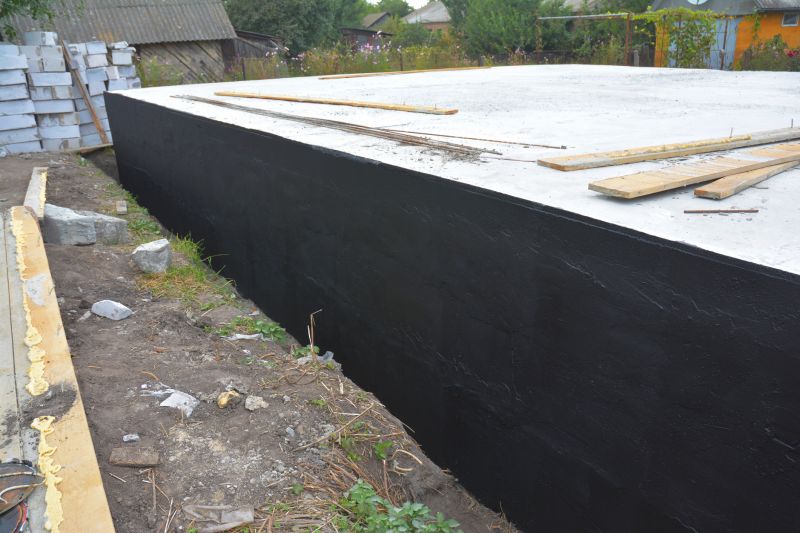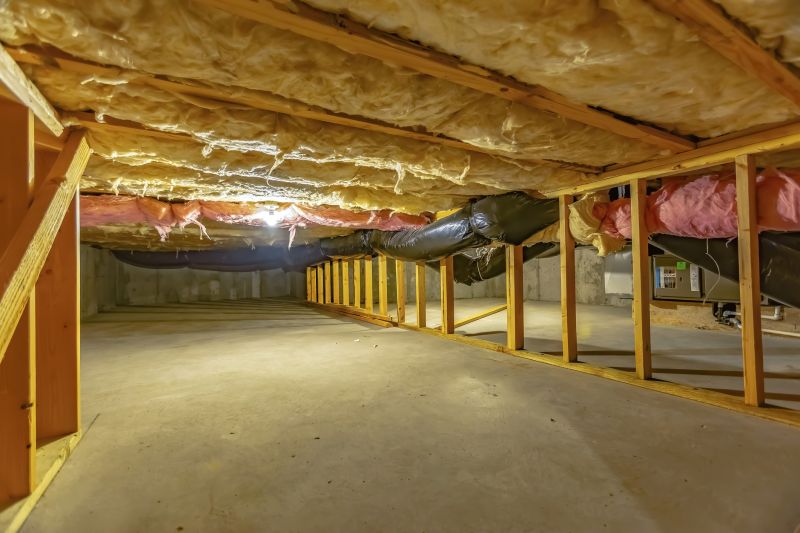Transform Your Crawlspace with Expert Encapsulation
Encapsulation effectively blocks moisture infiltration, reducing mold growth and wood rot, which can compromise the structural integrity of a home.
Sealing the crawlspace minimizes air leaks, leading to lower heating and cooling costs and improved energy efficiency.
By preventing mold and dust from entering the living space, encapsulation contributes to healthier indoor air.
A well-maintained crawlspace can increase property value and appeal to potential buyers.

A finished crawlspace with sealed walls, insulation, and vapor barriers.

Close-up of encapsulation materials installed on the crawlspace walls.

A clean, sealed crawlspace with a durable vapor barrier on the floor.

Comparison of a typical crawlspace prior to and after encapsulation.
Failure to encapsulate a crawlspace can lead to serious issues such as increased mold growth, wood rot, and higher energy bills. Moisture intrusion can cause structural damage over time, reducing the lifespan of the home and leading to costly repairs. Additionally, unsealed crawlspaces can contribute to poor indoor air quality, which may affect health and comfort.
| Issue | Impact |
|---|---|
| Excess Moisture | Leads to mold, wood rot, and structural damage. |
| High Energy Costs | Air leaks increase heating and cooling expenses. |
| Mold Growth | Impacts indoor air quality and health. |
| Structural Damage | Weakens foundation over time. |
| Poor Indoor Air Quality | Contributes to allergies and respiratory issues. |
| Decreased Home Value | Potential buyers may be deterred. |
| Pest Infestations | Moist environments attract pests. |
| Increased Maintenance | Requires frequent repairs and cleaning. |
